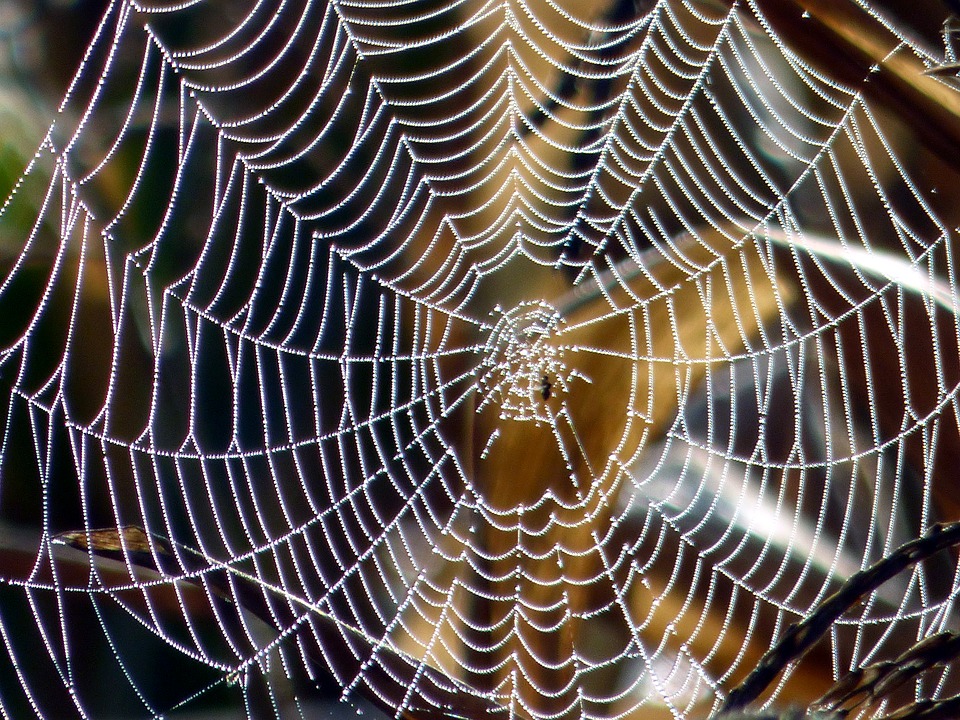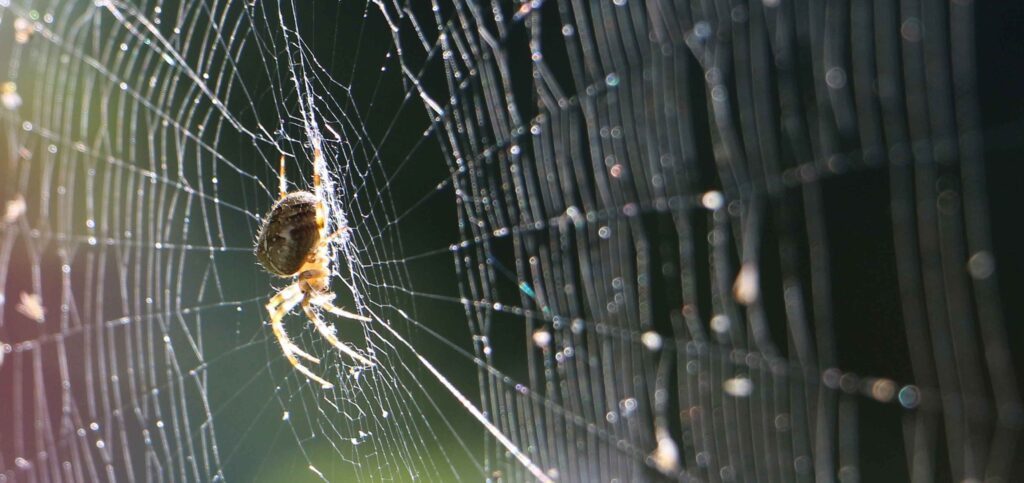Surprising Biotech and Medical Applications of Spider Silk

Many people are not too fond of spiders, but some raise them as pets or as a source of additional income. Several people suffer from arachnophobia or fear of spiders. Further, homemakers consider spiders a nuisance because their webs are dust collectors.
But in the scientific world, the unique properties of spider silk intrigue many scientists, engineers and researchers, prompting them to investigate the material further as they see various applications for one of nature’s wonders.
Properties of spider silk
Spider silk looks very light and delicate. Some researchers say that it is stronger than steel. Spider silk is comparable to steel when you talk of tensile strength, or the maximum stress a material can handle without breaking.
The silk is thinner than human hair and very elastic. Spider silk can handle loads that are several times bigger in size. Spiders weave their silk into complex structures, and they produce different types of silk, which come out of six different silk glands, each one for a particular purpose.

Why are scientists fascinated with spider silk?
Spider silk is very light and may go unnoticed. But for the scientific world, it is a fascinating material, due to the variance and properties of a single spider web. Scientists notice at a glance that at least two distinct types of silk are present, the right frame silk and the spiral silk. Scientists continue to study spider silk because of their interest in biomimicry.
Several companies are already producing synthetic spider silk to create ultra-strong fabrics for athletic shoes, jackets, and other garments and accessories. Spider silk is waterproof, elastic, and tougher than silk fibers the silkworms produce. Given that, they find that there is a broader range of applications of synthetic spider silk.
New applications of artificial spider silk
Scientists at a laboratory at the University of Nottingham developed an antibiotic synthetic spider silk, which they believe can be used for different medical applications. Using click chemistry, the researchers attached antibiotics to artificially produced spider silk. They are developing a product to help in wound healing, regenerative medicine, and drug delivery.
They coated the silk fibers with levofloxacin, an antibiotic for treating various bacterial infections. They discovered that the antibacterial properties of the antibiotic held on to the silk fibers for about five days.
According to Neil Thomas, professor of medicinal and biological chemistry, who is part of the research team, their discovery will be very useful in biomedicine and tissue engineering. He added that the silk could be used in advanced dressings to treat slow-healing wounds. Using the technique will help prevent infections for long treatments because they can control the release of antibiotics. Moreover, the silk fibers can accelerate tissue regeneration.
The research team recreated the natural properties of spider silk: a protein-based material free from allergens and inflammatory substances, with biodegradable and biocompatible properties.
Other medical applications include damaged bone and joint repair. New studies are looking into using synthetic spider silk for tissue engineering. Researchers from Taiwan’s National Yang-Ming University and Tamkang University are currently studying the possibility of using spider silk for the production of optical lenses.